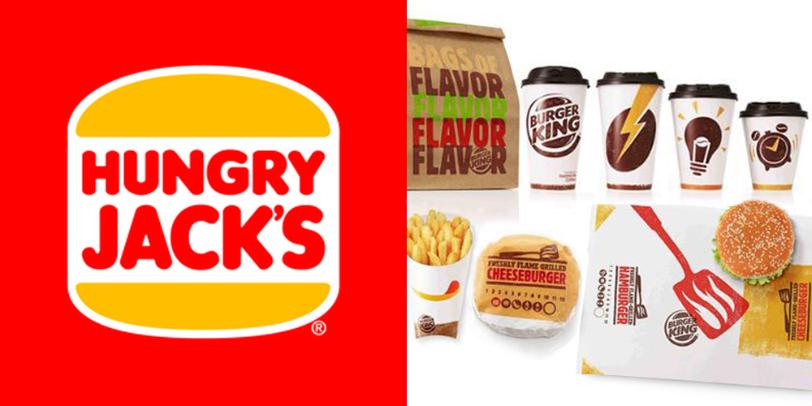The Origin of Branding

So what is the origin of branding? Well the word itself comes from the old Norse "Brandr", meaning "to burn", however its believed that branding could possibly be traced back even further, as far as 3000BC with archaeologists finding evidence of the Babylonians using advertising to encourage buyers to purchase goods. Branding of timber and cattle using hot iron rods to burn marks that depict ownership goes back as far as 2000BC. Potters used marks on porcelain in China, India, Greece and Rome from 1300BC. In England in the 1200s, bread makers and goldsmiths were required to put marks on their products to illustrate virtue of measurement. Between 1600 and 1800, Slaves would again be burnt with brand marks as a symbol of ownership. Criminals would also be branded as a form of identification and sometimes punishment.
Incidentally, the word Maverick, which has become a term to mean independently minded, originates from 1867 and the Texas land baron Samuel Maverick and his refusal to brand his cattle. Over the years to follow, the word Maverick became a generic fraise attributed to unbranded cattle.
But the invention of the printing press by German, Johannes Gutenberg in 1448, made a significant shift in the development of branding for use of advertising and away from the negative and cruel manner to illustrate ownership and punishment. This advancement of printing became very popular in Europe and set the stage for information being distributed.
However, branding as we know it today really started to emerge in the 19th Century with the industrial revolution and the rise of goods being packaged. Many producers of household goods wanting to sell their products to a wider market moved away from local communities to central factories.
Due to the familiarity of the locally produced products the large central factories struggled to find a way to generate trust in their products, but soon realised that shipping their merchandise with insignias, symbols and logo’s created a familiarity and gave a sense of endorsement and a seal of approval. In addition, unique names and colourful packaging added personality, differentiating the product to others in the same category. Information could also be added to a package to increase its usefulness.
Throughout this series we will bring the story of branding and packaging up to the present day, looking at current brands in the digital age, but for now this brings us nicely to part 2 of the series where we will take a look at the world’s first trademarked brand. Coming soon to the Design Life.
I am very keen that my blog supports local, up and coming talent. The incredible paintings of well known brands that I have featured in the opening image to this article are the work of Durban artist Morgan Rieket. I was absolutely blown away when I saw a selection of his work in the offices of a printers I use in KwaZulu-Natal. To see more of Morgans work please click here.



Comments
Post a Comment